How To Unleash the Power of Marketing Software for Next-Level Marketing Campaigns
As marketing technology advances, marketing companies are beginning to alter their marketing strategies and use more advanced technology. These new forms of technology, are revolutionizing the marketing industry! Continue reading to learn more.
Click on each corresponding link to jump ahead:
- The Rapid Change in Marketing Technology
- Harnessing Data and Analytics
- Automating Tedious Tasks
- Improving Campaign Optimization
- Enhancing Creativity and Collaboration
- Reaching Customers Across Channels
- Gaining Competitive Advantage
- The Future of Media Software
If you have any questions regarding marketing software and how it can positively impact and automate your business, contact us today.
1. The Rapid Change in Marketing Technology
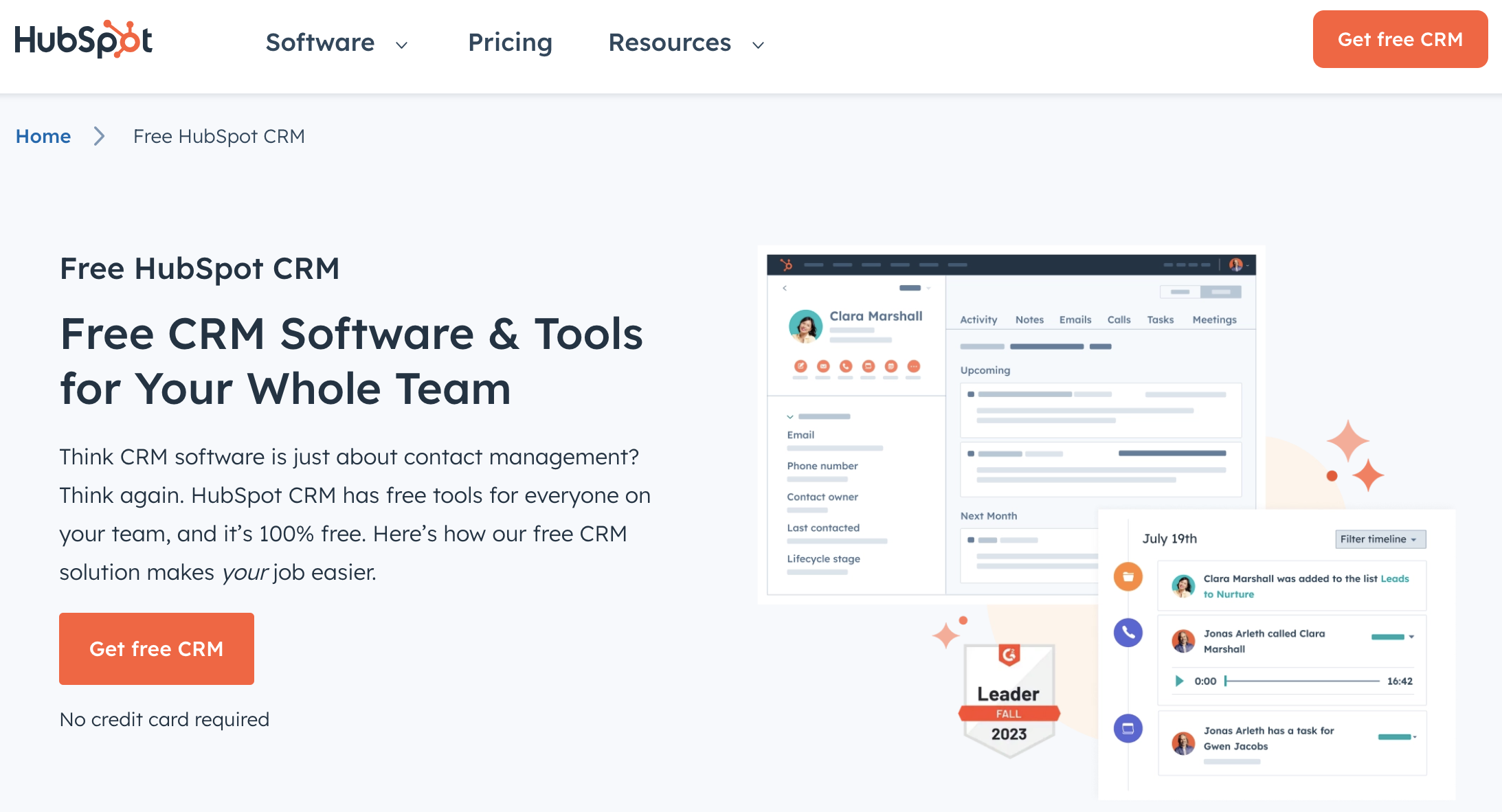
Source: HubSpot
Over the past decade, marketing technology has advanced at an incredibly rapid pace. New software tools and platforms are constantly emerging that offer marketers innovative ways to reach customers and run impactful campaigns. Just ten years ago, many of the technologies we now rely on didn’t even exist or were just starting! Such as:
- Social media marketing
- Marketing automation
- Advanced analytics
Today, the marketing technology landscape is vast, with new solutions for everything from optimizing websites to personalized email targeting. According to one estimate, the number of marketing technology solutions has grown from 150 in 2011 to over 8,000 today. This explosion of new tools provides marketers access to more data and insights than ever before.
However, this rapid innovation also presents challenges. With so many options to choose from, it can be difficult for marketers to identify the best technologies for their needs. The marketing tech stack is complex, made up of platforms for managing:
- Databases
- Social media
- SEO
- CRM
- And more
Marketers must stay up-to-date on the latest offerings and continuously evaluate new solutions as they emerge.
The pace of change shows no signs of slowing down. As technology like AI, AR/VR, and automation matures, it will unlock even more possibilities for marketers. To stay ahead in today's dynamic landscape, marketers must make an effort to continually learn about emerging tech and be ready to adopt the next wave of innovations. Those who effectively leverage the newest tools and capabilities will have a competitive advantage in reaching and engaging modern consumers.
2. Harnessing Data and Analytics
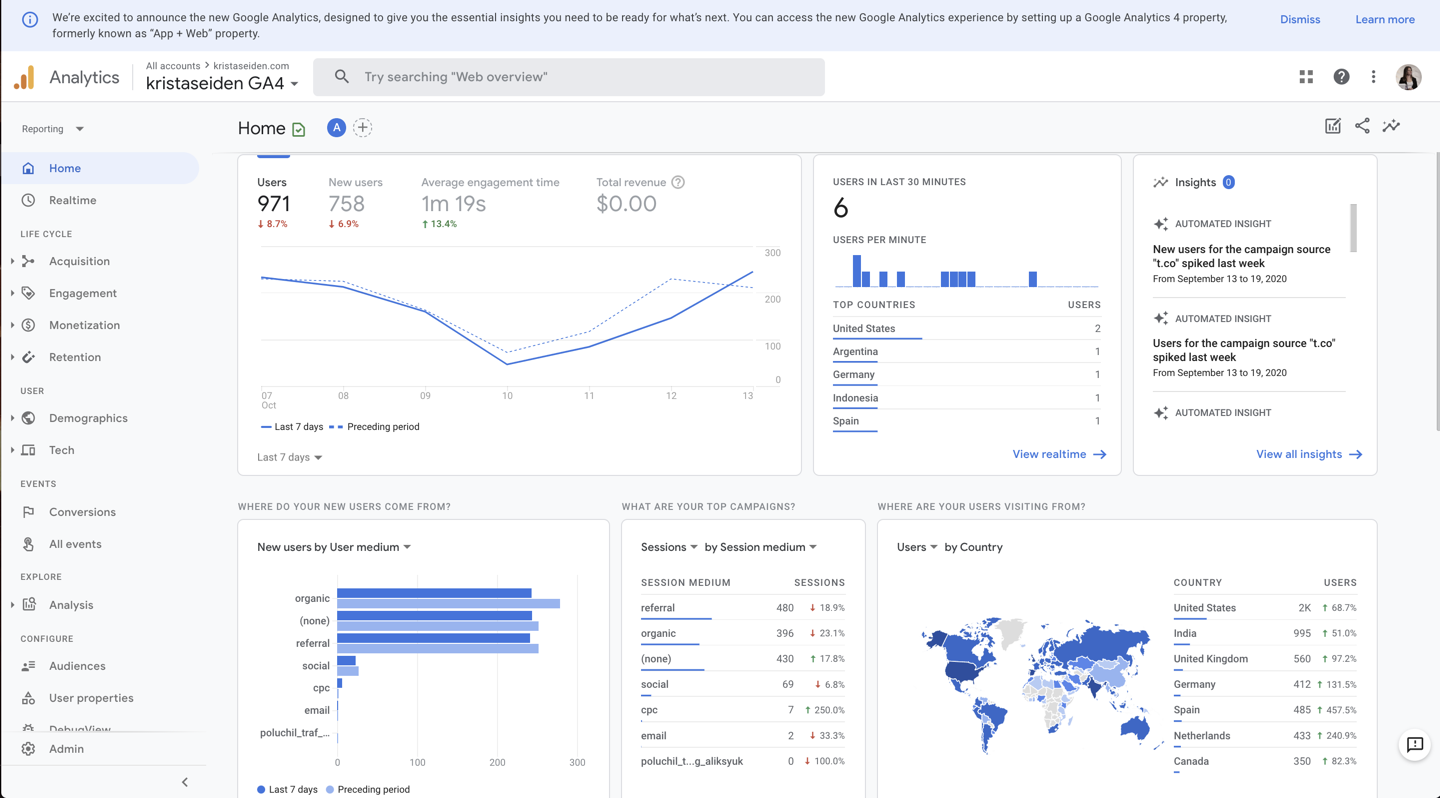
Source: Google Analytics
Today's marketing teams have access to more data than ever before. Digital marketing channels like email, social media, and websites generate a treasure trove of customer information, such as their:
- Behaviour
- Interests
- Demographics
- And more
This influx of data has fueled the need for innovative solutions to navigate and derive insights effectively. In response to this demand, a growing number of businesses turn to specialized tools provided by a software media company. These solutions assist marketers in harnessing the data goldmine to gain powerful insights and personalize campaigns.
With built-in analytics dashboards, media software provides real-time tracking of campaign performance across channels. Marketers can:
- See which messages resonate with different audience segments
- Find new growth opportunities
- Continuously optimize campaigns based on data-driven insights
Rather than relying on guesswork, they can leverage hard data to guide strategic decisions.
Media software also empowers advanced segmentation based on demographic, behavioural, and transactional data. Teams can develop highly targeted campaigns speaking directly to customers' needs and interests. Personalization significantly boosts engagement, conversion rates, and ROI compared to one-size-fits-all messaging.
Data is the fuel powering modern marketing success. Media software equips teams with the analytics, segmentation, and optimization capabilities essential for data-driven campaigns. As marketing continues its rapid digital transformation, harnessing data and analytics will separate the winners from the rest.
3. Automating Tedious Tasks
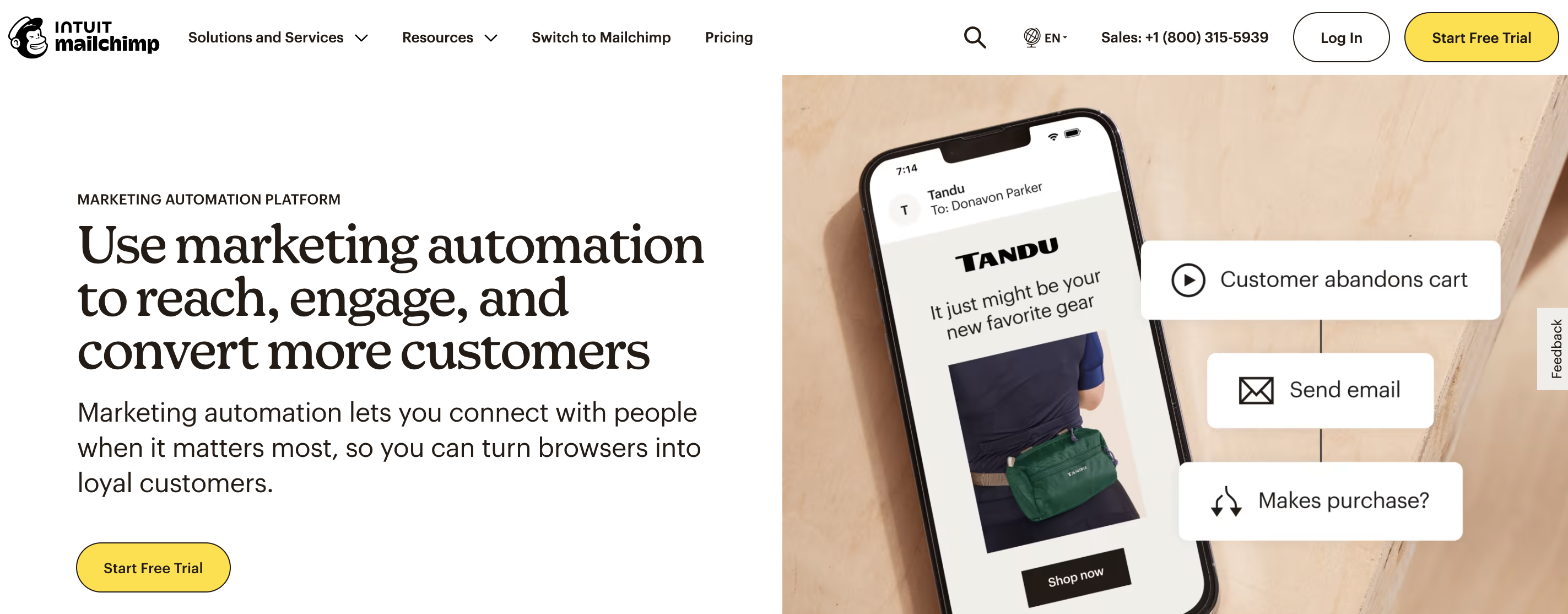
Source: Mailchimp
Marketing teams spend countless hours on repetitive, tedious tasks that distract from more strategic initiatives. Media software helps automate many of these tasks to free up valuable time.
Reporting and analytics are some of the most time-consuming activities marketers face. Media software can automatically generate reports on campaign performance, pulling data from various sources into centralized dashboards. This removes the need for manual reporting, enabling teams to quickly analyze results.
Media management is another area where automation provides major time savings. Tools can automatically:
- Transcode media files into proper formats
- Add metadata
- Upload content to relevant platforms
This streamlines workflows and eliminates many labour-intensive processes.
Intelligent automation takes things even further by applying AI and machine learning. The software can automatically optimize campaigns based on performance data, shifting budgets and ads to better-converting channels. Bots can handle customer communication across channels as well.
Free from repetitive tasks, marketers can better focus on strategy, creativity, and innovation. Automation handles the busy work while teams centre their energy on high-value initiatives that drive greater impact. This is the real power of automation - empowering marketers to reach their full potential.
4. Improving Campaign Optimization

Source: Google Search Console
Marketing software enables brands to optimize their campaigns in real time by tracking key performance metrics. Rather than waiting until a campaign finishes to analyze results, marketers can monitor data on an ongoing basis and continuously refine:
- Messaging
- Creative assets
- Targeting
- Budgets
- And more
This agile marketing approach represents a major shift from traditional "set and forget" campaign management. In the past, marketers would launch a campaign and then have to wait weeks or months to fully evaluate performance. By that point, it was often too late or too difficult to implement meaningful changes.
With sophisticated media software, optimization is built directly into the campaign workflow. Dashboards provide up-to-the-minute visibility into metrics like:
- Clicks
- Conversions
- Engagement
- Reach
- And more
When the data indicates certain aspects of a campaign are underperforming, marketers can take swift action to reallocate budgets or resources.
For example, if a specific ad creative or landing page isn't resonating with audiences, the marketing team can A/B test new options and rapidly identify what messaging and experiences work best. Geotargeting data can reveal which regions need increased spending. Response rates across different platforms and channels can be analyzed to shift budgets to higher-performing touchpoints.
This real-time optimization enabled by software allows brands to maximize campaign ROI while continuously learning and improving. Rather than waiting to gain insights, they can gather data and react in an agile manner throughout the campaign lifecycle. The result is marketing programs that are dynamically tailored based on empirical performance data for optimal results.
5. Enhancing Creativity and Collaboration
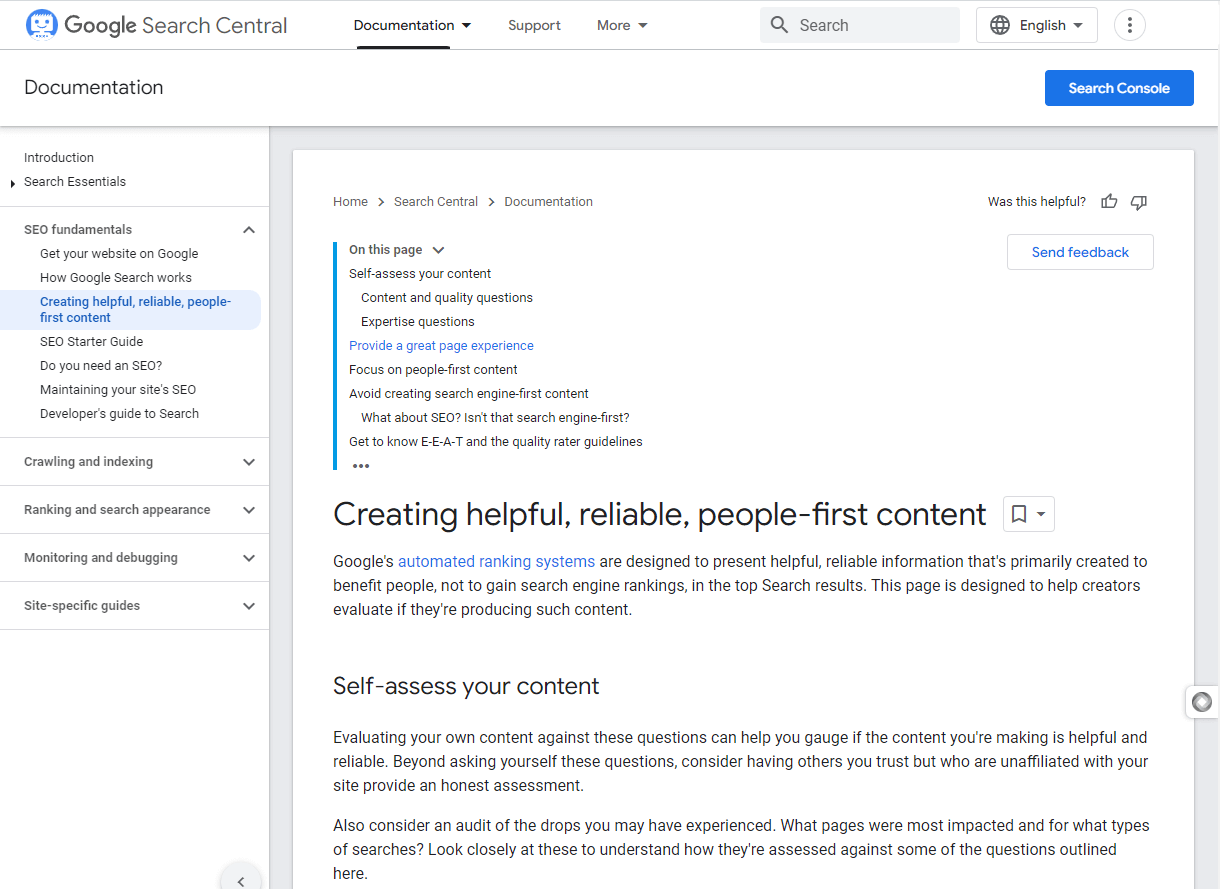
Source: Google Search Central
Marketing teams today need to constantly ideate and innovate to create compelling campaigns that cut through the noise. Media software provides built-in tools to:
- Boost creativity
- Streamline collaboration
- Help teams work together more efficiently
With customizable templates and easy drag-and-drop interfaces, marketers can experiment with different layouts, graphics, videos and other creative elements to bring campaign concepts to life. Rather than getting bogged down in manual tasks, they can focus energy on strategy and imaginative thinking.
Collaboration features allow remote team members to provide feedback and edits in real time. Marketing asset management systems give everyone access to the latest approved files and materials. Team members can build on each other's ideas seamlessly without duplication of efforts.
Workflows can be automated to route content for review and approval. Tasks and due dates are automatically tracked to keep projects moving forward. By centralizing the creative process and establishing a systematic approach, media software results in campaigns produced faster and smarter.
Marketing teams that leverage the power of media software get to spend less time on logistics and repetitive work. With the benefits of enhanced creativity, seamless collaboration, and process efficiency, they gain an edge to dream up innovative campaigns that truly connect with customers.
6. Reaching Customers Across Channels
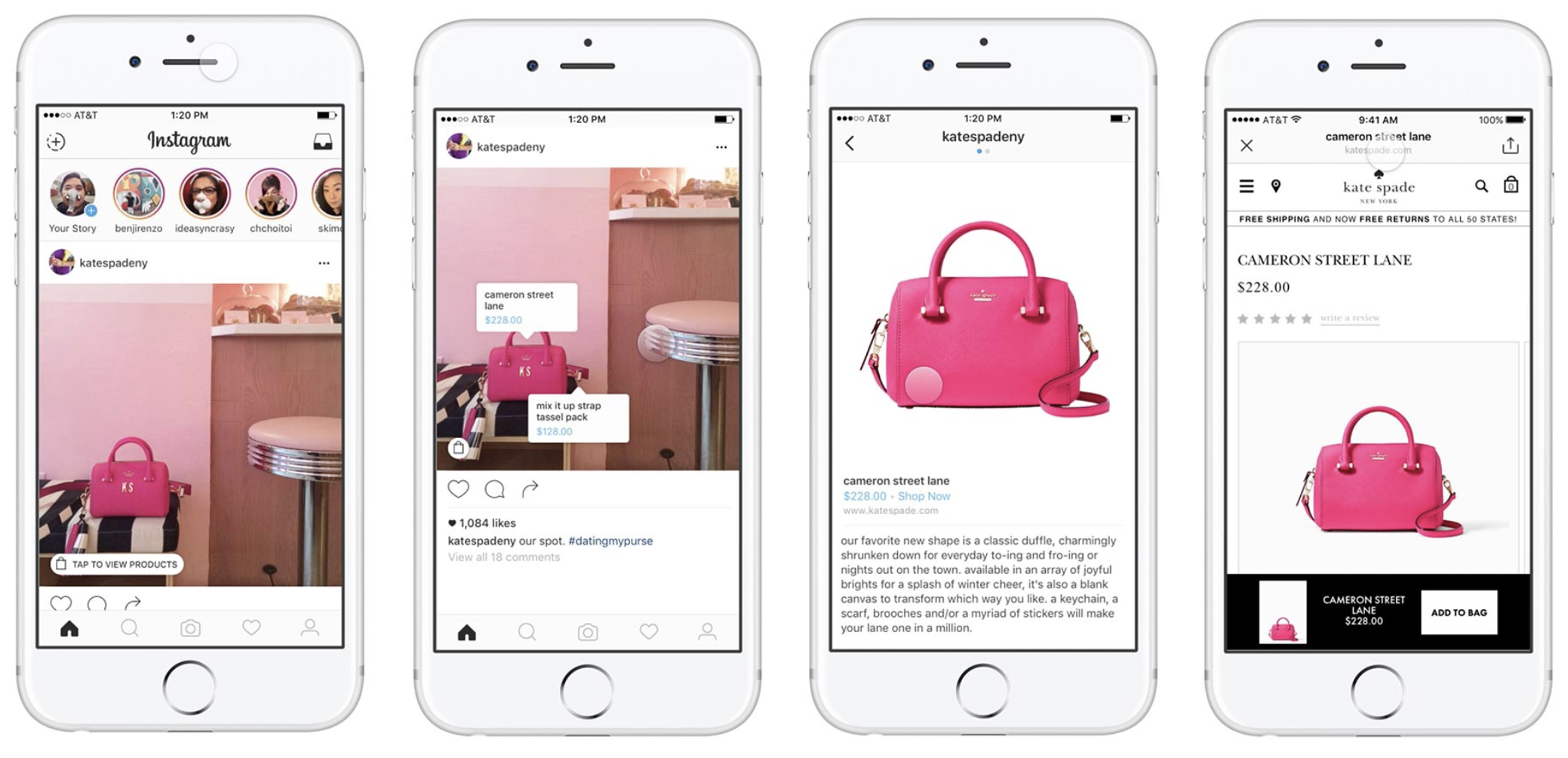
Source: Instagram Ads
Marketing technology enables brands to reach customers across multiple channels and devices with coordinated, personalized messaging. By centralizing customer data into a unified profile, the software makes it easy to track engagement history and deliver tailored content that resonates.
Omnichannel marketing is critical in today's fragmented media landscape. The reality is, that consumers engage with brands on:
- Social media
- Mobile apps
- Websites
- Online video
- Streaming audio
- And more
They expect a unified experience with consistent branding and messaging. Media software gets rid of data silos to provide that seamless interaction.
With a single view of the customer, brands can:
- Send personalized emails based on website behaviour
- Retarget ads to mobile users who recently visited their site
- Adjust website content for return visitors
- Track in-store purchases and send follow-up offers
- Coordinate campaigns across digital and traditional media
By leveraging data to tailor content to individual interests and preferences, brands boost relevance and engagement. Automated workflows make it easy to execute coordinated campaigns at scale. Powerful analytics provide insight to optimize and improve performance.
Omnichannel personalization powered by media software transforms marketing. Brands can now craft unified narratives and experiences tailored to each customer. This empowers brands to build stronger relationships and drive results across the entire customer journey.
7. Gaining Competitive Advantage
Work with Profitworks to gain a competitive advantage!
Businesses can gain a significant competitive edge by being early adopters of advanced media software solutions. Those who are first to implement innovative new platforms often reap substantial benefits compared to lagging competitors.
There are several key advantages to being a first-mover with leading-edge marketing technology:
- Establish strong brand awareness and loyalty: By delivering cutting-edge campaigns powered by new software capabilities, brands can captivate audiences and solidify preference among target demographics. This establishes valuable mindshare that laggards will struggle to break down later.
- Lock in efficiencies: Mastering new software and workflows earlier allows teams to become highly adept users over time. They can maximize ROI through accumulated experience and best practices. Late adopters lose out on this learning curve.
- Influence product development: Early testers can provide feedback to help shape future iterations of the software. Their priorities get embedded into the platform's evolution, giving their needs a head start over latecomers.
- Attract top talent: Leading-edge brands attract ambitious, innovative employees who want to work on the latest technologies. Lagging brands are less appealing and struggle to recruit skilled workers.
- Future-proof strategies: Companies that integrate advanced software today are better positioned for changes on the horizon. Their flexible infrastructure accommodates new needs as they arise.
The first-mover advantage is clear for brands who want to dominate their industry. Implementing cutting-edge media software now can deliver better experiences, efficiencies, and results over cautious competitors who are slow to adapt. The risks of falling behind technologically outweigh the costs of being an early adopter.
8. The Future of Media Software
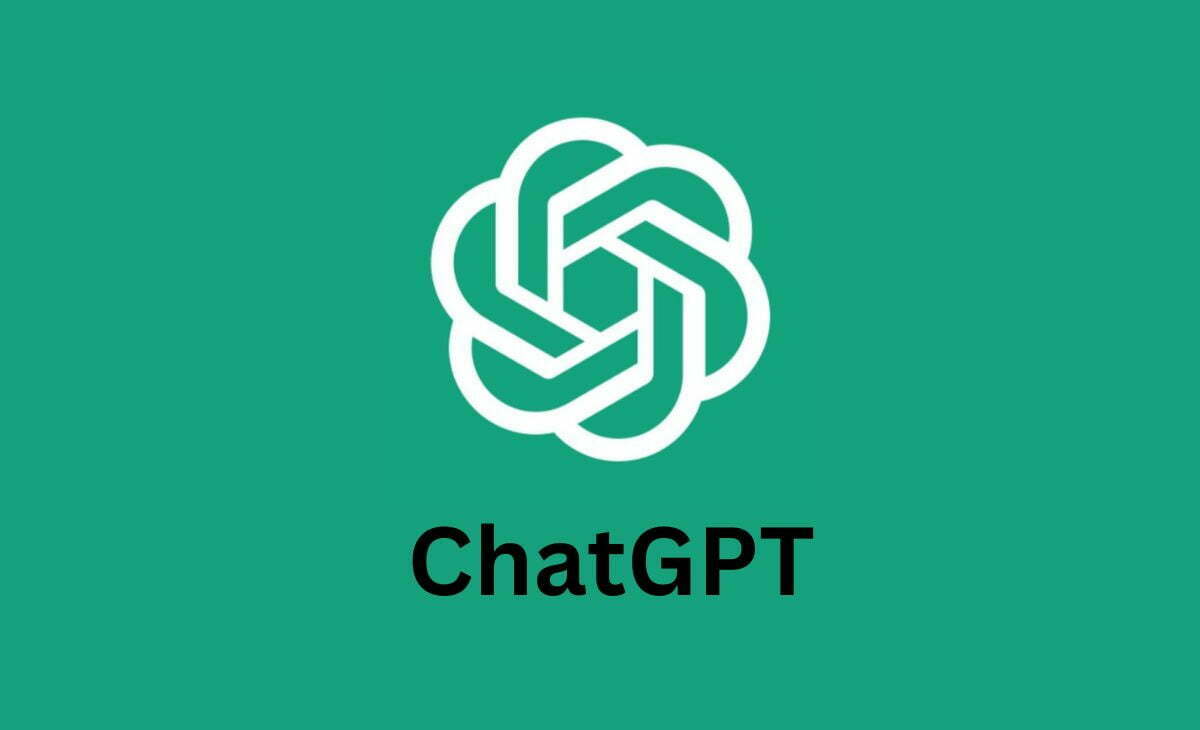
This is just the beginning! AI will continue to grow.
The capabilities of media software will only continue to grow as technology advances. Here are some key trends we can expect to see in the future:
A) More Sophisticated AI
Artificial intelligence is already being used in media software for tasks like predictive analytics, but AI will become even more sophisticated. Software may be able to automatically create rough drafts of marketing content or initial campaign concepts. AI will also help software tailor messaging and creativity to be hyper-personalized for each customer.
B) Augmented and Virtual Reality Integration
We're likely to see more integration of augmented reality (AR) and virtual reality (VR) into media software. This will open up new possibilities for interactive and immersive marketing campaigns. The software will make it easier for marketers to build AR/VR experiences as part of multi-channel campaigns.
C) Expanded Connectivity and Integration
Media software platforms will expand their connectivity and integration with other martech tools. This will allow for more powerful and seamless omnichannel campaigns. marketers will be able to manage everything from one centralized platform.
D) Enhanced Automation
Automation capabilities will continue improving, allowing software to take over even more repetitive tasks. This may include automated quality checks, content generation, campaign reporting, and more. Media software will handle tedious work while marketers focus on strategy and creativity.
E) Broader Accessibility
As media software evolves, it will likely become more affordable and accessible to smaller businesses and teams. Vendors may offer tiered versions to meet the needs and budgets of different organizations. The functionality of entry-level tools will also improve. This will help expand the benefits of sophisticated media software.
The rapid pace of advancement in technology means media software has an exciting future ahead. Marketers who leverage these innovations will have immense power to connect with customers in new and compelling ways. The marketing potential of media software is boundless.

